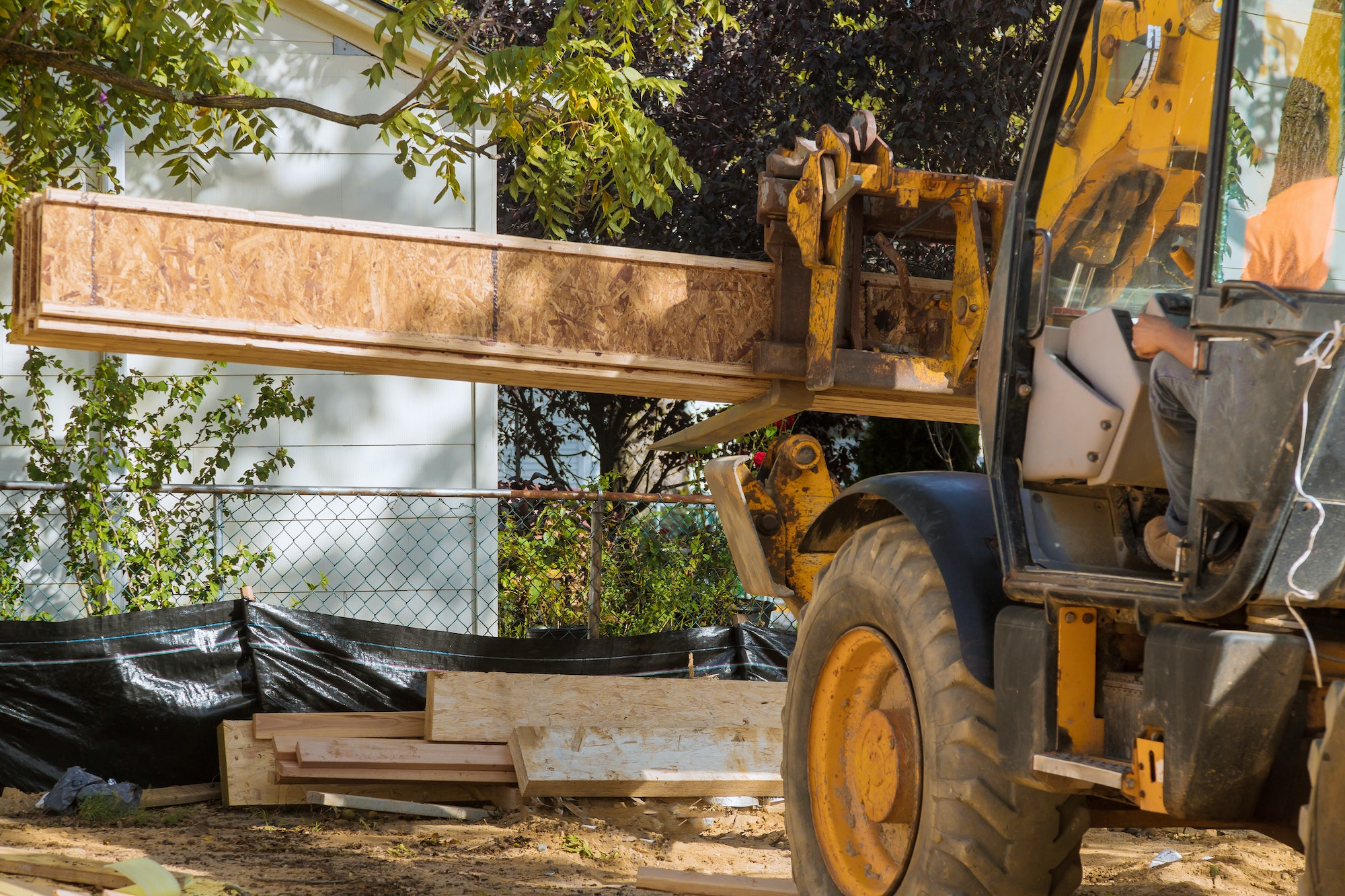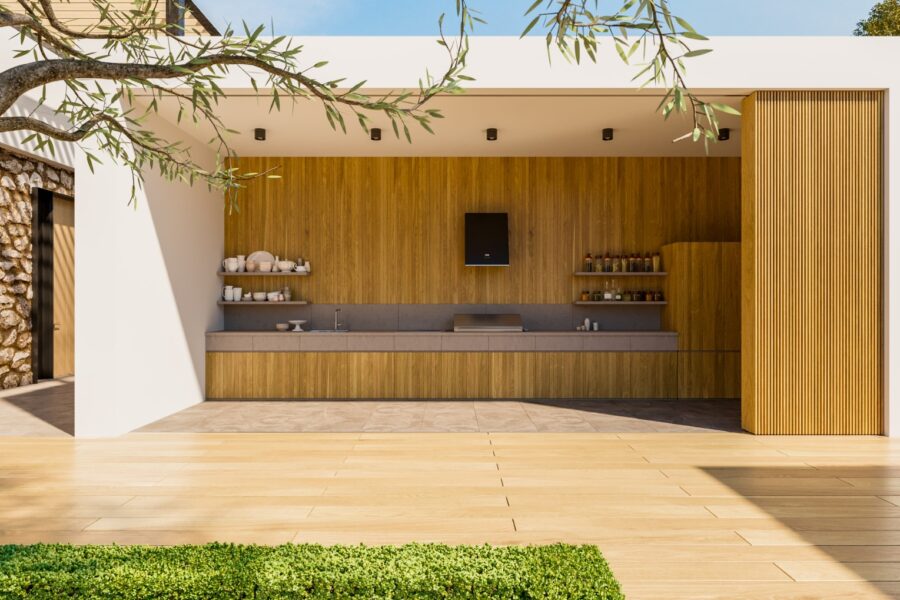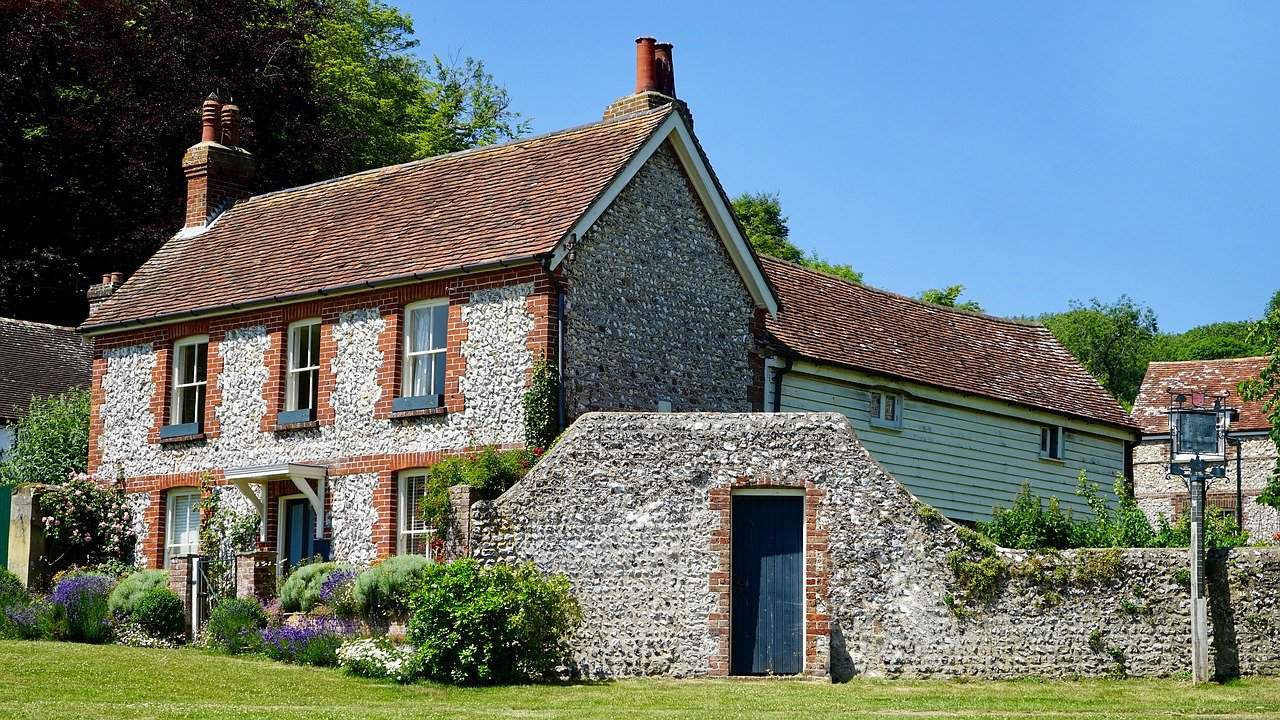When choosing a forklift for your next material handling need, it’s important to remember a few key factors. Take too little into consideration, and you might find yourself shopping for a forklift again sooner than you expected.
If you’re unsure how to pick the right counterbalanced forklift, you’re in the right place. With just a little bit of know-how, you can ensure your forklift choice lasts you through any materials-oriented challenge you might face.
Here, we’ll outline some key things to look for when choosing a forklift. Keep reading to learn more!
Understand Your Needs
When selecting a counterbalanced forklift for your project, the first step is to understand your needs. Look at the size of the items you need to move, the terrain you’ll be working on, and the distances you’ll need to travel.
Also, consider the weight limits and how the load is distributed. Is it one large item that needs to be lifted, or multiple smaller items? You should also consider the environmental conditions you will be working in. Also, any additional features of the forklift that may best suit your needs, such as:
- tipping angle
- counterbalance
- traction
Once you have identified and considered your specific needs, you can then research potential makes and models and determine the best fit for your project.
Work Environment
When choosing the right counterbalanced forklift for a particular work environment, it is important to consider the size, weight of the load, stability and the work to be done. It is important to know the weight of the pallets to be lifted, the size of the cargo to be lifted, and the stability of the load during the lifting process.
Counterbalanced forklifts may vary in features such as power rating, lift capacity, and maneuverability. If the environment is high-traffic or tightly confined areas, a counterbalanced forklift with maneuverability will be needed.
Additionally, if multiple loads of varying weights are to be lifted, a forklift with adjustable settings for different weight simulations would be ideal. Ultimately, assessing the project environment is the key to finding the right forklift for the job.
Brand Reputation
Brand reputation is an important factor to consider when selecting the right counterbalanced forklift for your project. Look for brands with a strong track record of engineering excellence and quality control.
Their forklifts come with manufacturer warranties and support, and you will find them more reliable and resilient over time. Research the brands that offer the features you require:
- power
- capacity
- reach
- lift speed
Reputable brands also provide extensive product documents and technical support. This makes finding the right model and installing the machine easier and faster. Taking the time to research the best-rated brands of counterbalanced forklifts makes it easier to choose the right forklift for your project.
Efficiency
When looking to choose the right counterbalanced forklift for your project, it is important to consider efficiency. One of the most important factors to consider is the engine’s power. A counterbalanced forklift with a larger engine will be more efficient when it comes to lifting heavier loads and covering larger distances.
Additionally, the fuel type that is used in the engine should be assessed. For example, propane-powered engines are often more efficient. Other important features to consider include forklifts:
- Load Capacity
- Turn Radius and Balance
- Travel Speed
- Type and Size of Its Tires
Ultimately, with the right research and assessment, a properly counterbalanced forklift will be chosen for the job.
Maintenance
When choosing the right counterbalanced forklift for your project, maintenance should be a key factor in your decision-making process. Scheduled maintenance intervals should include the following:
- Regular motor and transmission checks
- Fluid changes
- Inspection of the brakes
- Steering mechanisms
In regards to the battery, charging cycles and tests should be conducted to ensure the unit’s power is consistently reliable. Visual inspections should also be done to identify any unique wear patterns particular to the lift’s unique needs. Regular maintenance can provide a smoother ride and better overall performance, leading to the forklift providing more safety and satisfaction for those who use it.
Longevity
When choosing the right counterbalanced forklift for your project, longevity should be a key consideration. The types of materials and environment of your project as well as the amount of weight that will need to be lifted will determine the types of forklifts that will best suit your needs.
You want to select a forklift that is made from robust materials, such as stainless steel, and has high-quality components that will last for years. You should also select a forklift with a reliable warranty should any issues arise. As well, consider getting a long-term service package to ensure your investment is protected for its entire lifespan.
Budget
When selecting a counterbalanced forklift for a project, budget is a major factor to consider. Make sure that the amount allocated for the project’s capital equipment is enough to cover the cost of the forklift and any required related attachments.
Research the models that fit the job needs and compare the upfront costs as well as the total cost of ownership to determine the best price. Depending on the size of the warehouse and the frequency of operation. Rental and lease agreements may be beneficial in keeping costs down while still having access to reliable equipment.
When all available forklift options have been considered, choose a model that provides a good balance between quality and price. However, equipment like the Raymond stand up forklift is an excellent fit for budget-conscious buyers. Since it runs on battery power and has a tight turning radius.
Factors to Consider in Counterbalanced Forklift Selection
Choosing the right counterbalanced forklift for your project can make all the difference in a successful project. Consider all factors relevant to your project and use this guide to help determine the best forklift for you. Now that you have the information you need, get out there and choose the perfect counterbalanced forklift for your project!
By choosing the right counterbalanced industrial forklifts, you can make work easier and faster. For more information on industrial lifts, check out our blog.
Discover more from Futurist Architecture
Subscribe to get the latest posts sent to your email.



![modern apartment [article_title]](https://www.futuristarchitecture.com/wp-content/uploads/2025/03/Sheer-Curtains-Are-the-Secret-to-Brightening-Your-Apartment-–-900x541.jpg)